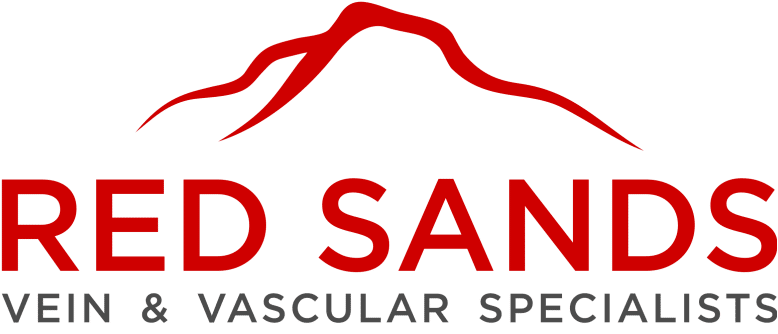About Endovenous Laser Ablation (EVLA)
Endovenous laser ablation (EVLA) is another minimally invasive treatment option for varicose veins. With ultrasound guidance, a tiny laser fiber is placed into the vein to be treated. After local numbing medicine is injected the laser is activated and slowly pulled back. This produces a reaction in the vein which results in the vein collapsing and closing down with minimal discomfort.

Procedure
What to expect/ how long will it take?
During this process, an infrared laser or high-frequency radio waves are used to produce intense and localized heat. With these heat sources, a specific vein is targeted. This is what usually occurs during a standard laser vein removal procedure:
- Before treatment, if the patient is anxious or nervous, the physician will offer a sedative that can be picked up at their pharmacy before their procedure date.
- When they arrive at the office, they will be taken to a private treatment room.
- The area of treatment is sanitized and anesthetized.
- A catheter is used to specifically direct the intense heat to the target area as well as avoid surrounding tissue damage.
- The damaged vein is shrunken or closed off, but not removed in order to prevent excessive bleeding or damage.
- As the body heals in the coming days and weeks, the body reroutes blood to healthy veins.
The procedure for radiofrequency and lasers are a bit different.
If the surgeon is using radio frequency, it is important that the area to be operated on be bloodless, since blood can coagulate on the tips of the catheter and make it less effective. Because of this, doctors often use heparin, a blood thinner, to clear any blood from the area.
With the laser procedure, blood is used to transfer the heat to the vein and destroy it. The Physician uses ultrasound along with a local anesthesia to help him insert a catheter. Tumescent anesthesia is then introduced around the entire vein. After this process, a catheter is inserted and introduces heat to shut down the vein. To make the procedure even more effective, the patient is put in what’s called the Trendelenburg position. The patient is placed on his or her back, and the platform they’re on is tilted between 15 and 30 degrees so the legs are higher than the head.
Success Rate
EVLA is 95-98% successful
Risks/ Side Effects
Complications can occur even with perfect technique in any medical procedure. However, they are very rare with EVLA. Possible risks include DVT, numbness, skin burn, thrombophlebitis, bruising, and infection.
Is it Painful?
Very minimal discomfort or soreness after the procedure is normal.
Recovery Time
There is no significant recover time is needed. You will be instructed to where compression stockings for a few days after. Normal activity after the procedure is required as well as 30 minutes of walking daily.
Covered by Insurance?
EVLA is almost always covered by insurance.
